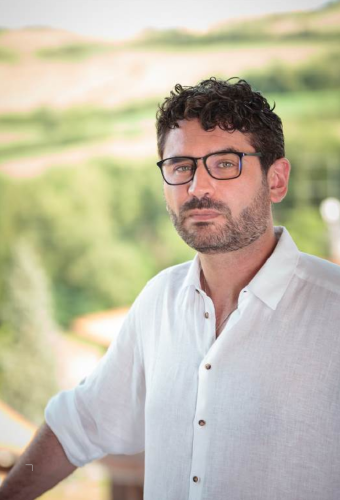Voices of the stakeholders
Interview with Prof. Giovanni Berselli
Advisory Board Member for Additive Manufacturing in AMiCE Project

What are the potential benefits for SME employing AM technologies?
Trivially speaking, Additive Manufacturing offers to designers an incredible freedom. Nowadays, engineers can basically conceive, and then produce, parts of any possible shape. Naturally, such statement is still “ideal”, since AM products often do not offer the same level of reliability and durability of parts which are produced via“traditional technologies” (i.e. subtractive manufacturing). Nonetheless, we can imagine, for an imminent future, the full feasibility of integrated additive manufactured, multi-material , complex-shaped structures in a single production step. These parts already start to represent a final product rather than a mere prototype. Indeed, we should notice that the term Additive Manufacturing has basically substituted the term Rapid Prototyping or 3D printing, in order to underline a closer link to the end-use component.
What are the main challenges facing the future development of AM technologies?
At the moment, any technology related to Additive Manufacturing is evolving very quickly, both in terms of productions processes and in terms of available materials. For what concerns AM of metal parts,the main challenges are represented by the costs, which are still too high for a widespread use and/or access to the technology from the general public and by the capability to obtain good performance (mostly in terms of structural properties in case of static or dynamic loading). For an end-user perspective, as stated above, the main challenge is surely the latter one, i.e. to obtain the same“reliability” as compared to metal parts produced via CNC.
As for plastic parts, the current issues to be solved are basically the same, although 3D printing of low-cost plastics is already de-facto accessible to everyone: an entry-level 3D printer can be purchased for few hundred euros. In this case, several materials can now be employed ranging from the well-known ABS and PLA, up to soft, rubber-like, polymers. Nonetheless, it is undeniable that the structural properties which can be achieved, for instance, via injection molding are still better when compared to their AM counterpart. Nonetheless, such performance gaps are rapidly decreasing.
What is, in your opinion, the main connection between Additive Manufacturing and Circular Economy?
Speaking as a researcher which is mainly interested in AM, one topic that I personally find extremely interesting is related to the recycling of plastics that are then turned into filaments for 3D printers. Within the AMICE project, as a consortium, we are investigating a high number of case studies (or pilot lines) here including possible connections and “cross fertilization” of issues related to AM and issues related to Circular Economy. The example that I cited above is one above many. In particular, as a final project outcome, both SME and Research Organizations will be able to access an online portal providing extensive information about both topics and a direct support to companies willing to further explore these fascinating fields.
For what concerns your region (i.e. Liguria – Italy), do you see many companies which are investing in Additive Manufacturing?
Without a doubt, yes. I can cite an interesting example connected to the yacht industry, which is very strong in the La Spezia area. Within this particular field, Additive Manufacturing is already employed to produce parts of big yachts in a 1 to 1 scale. I personally believe that is a perfect example of how AM basically fits in every possible industrial market. In my opinion, also thanks to the AMiCE project,several SME will soon realize the practical and economic benefits that AM may bring along.
